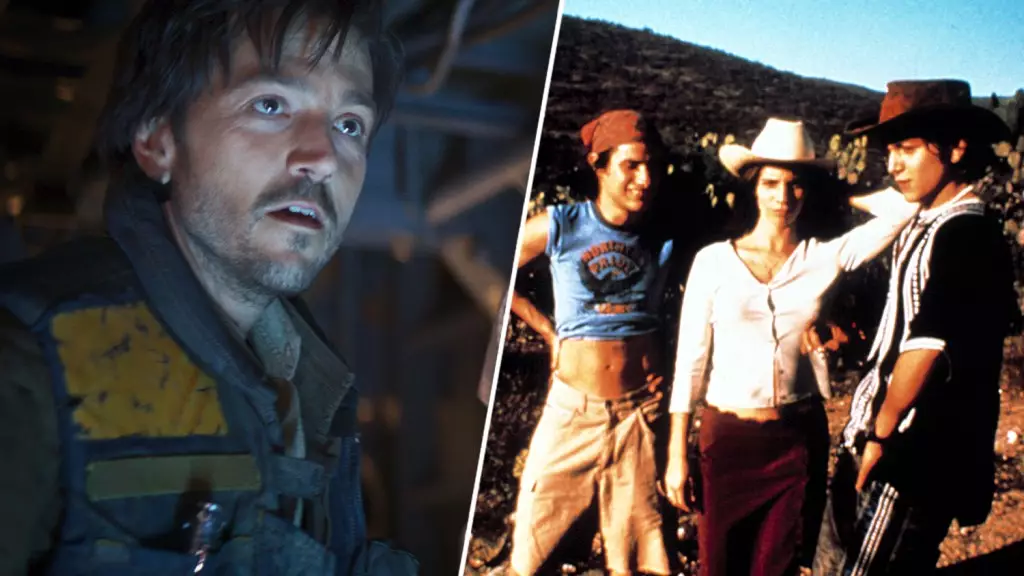The Star Wars universe is a cultural monolith, a conundrum of nostalgia and innovation, where one might expect a rigid adherence to the franchise’s established tropes. Yet, as director Gareth Edwards approached Diego Luna about the film *Rogue One: A Star Wars Story*, he proposed an audacious vision that bent the rules of storytelling within this iconic galaxy. By invoking the spirit of Alfonso Cuarón’s film *Y tu mamá también*, Edwards not only crafted a space opera but a deeply human experience that resonates with the complexities of life, much like the narratives that emerge from Latin American cinema.
In a sea of special effects and epic battles, the notion of inserting improvisational techniques and a hyper-realistic tone into a Star Wars narrative is daring. Luna’s reflections illuminate how he was drawn not just to the character of Cassian Andor but to the promise of authenticity. Instead of relying on the sterile aesthetic common in blockbuster filmmaking, the inclination to infuse real-world dynamics into a story set amongst the stars signals a revolutionary shift—a defiance against the norm that has gripped mainstream cinema for years.
Dark Side of Creativity
Diego Luna’s admission of being drawn to the “dark side” of the Force during his youth speaks volumes. It reflects a larger commentary on how storytelling allows us to explore various facets of ourselves, some of which might be less palatable. The idea that a franchise so rooted in good versus evil can also delve into ambiguity is deeply compelling. It brings to bear a truth that resonates with many: our identities are rarely defined by absolutes. This willingness to embrace the multifaceted nature of humanity within a fantasy landscape is a bold step.
What’s particularly striking about this approach is how it reframes the viewing experience. By allowing actors to improvise and take ownership of their characters, the film births a certain spontaneity, rendering the narrative not just a script but a living, breathing entity. Each character’s journey—mirroring Tenoch and Julio’s exploration in *Y tu mamá también*—becomes rich with nuance and fluidity. The ability to pivot away from the cookie-cutter archetypes that have often besieged the Star Wars saga marks a powerful pivot toward a new wave of cinematic freedom.
The Future: A Balance of Innovation and Legacy
As Luna readies for the return of his role in the series, one can’t help but ponder the impact this shift in tone will have on the franchise. Will audiences embrace this new vision of Star Wars that feels both familiar and radically different? We are at a pivotal moment where the nostalgia for the past collides with the necessity of progression, begging the question: how do we honor a legacy while making room for innovation?
The narrative framework of *Rogue One* not only serves to deepen our understanding of the larger saga but paves the way for more introspective and character-driven storytelling to flourish within this beloved universe. It’s a thrilling prospect, forging a path that might see Star Wars evolve into a platform for artistic expression that resonates on multiple levels—capturing our imaginations while grounding us in the truths of the human experience.
This courageous venture into uncharted territory could very well redefine what it means to be part of the Star Wars fanbase. Through this approach, we find ourselves not only spectators to a grand space opera but participants in a richer, more complex exploration of narrative and character development. In a world hungry for authenticity, Cuarón’s influence resonates profoundly, stirring a marketplace of ideas that begs to be explored.

Leave a Reply